Kanazawa 金沢 is the capital of Ishikawa Prefecture on the western side of Japan and is famous for its crafts, in particular yuzen dying, gold leaf, and embroidery. With the Japan Sea on one side and the Japan Alps on the other, the climate is very rainy. Average precipitation in the wettest months of November through January is about 250 millimeters (about 10 inches), and humidity averages 73 percent year round.
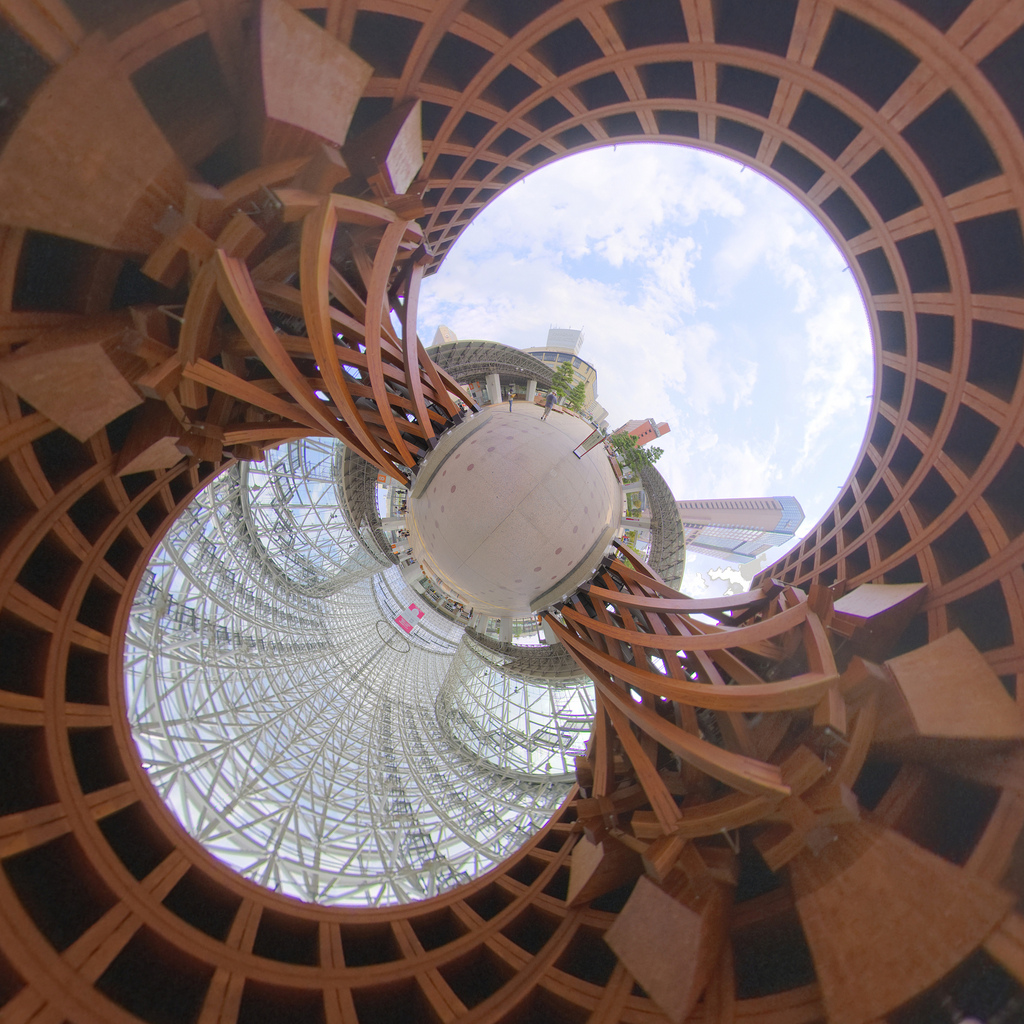
Kanazawa Station
The city was built up around the castle ruled by lords from the Maeda family. The castle suffered damage from multiple fires over the centuries, but much has been painstakingly rebuilt. Fortunately, the rest of the town was mostly unscathed by wars or major natural disasters, so there are many historical areas with centuries-old buildings, including merchants houses, samurai houses.
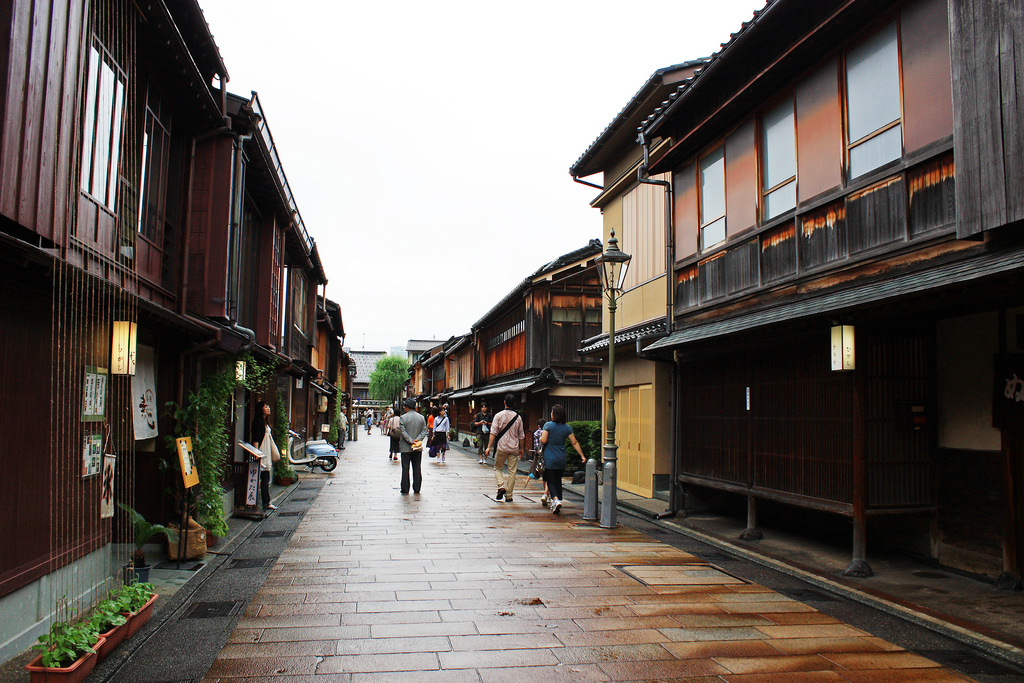
Higashi Chaya district, Kanazawa
A geisha district called the Higashi Chaya Geisha, sits across the Asano river with its old stone bridge. Nearby is the Yougetsu Minshuku which sits at one end of one of the most photographed streets in Japan and at night, the street is lit by Taisho-period inspired streetlamps, giving it a feel from another era.
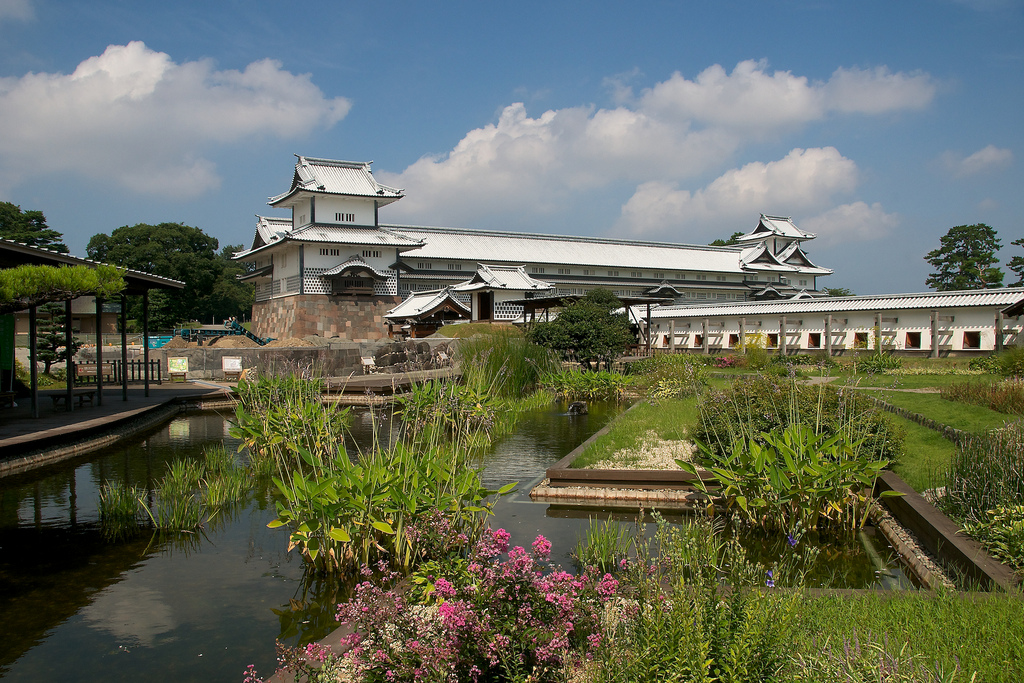
Kanazawa Castle and gardens (photo: lensonjapan/flickr)
Kenrokuen, considered one of the three most beautiful gardens in Japan, is located near the castle. The Seisonkaku Villa was built in 1863 by a Maeda lord and originally called the Tatsumi Goten (Tatsumi Palace). Much of the villa has been dismantled, but what remains is still one of the most elegant remaining feudal lord villas in Japan. The villa stands in a corner of Kenrokuen with admission fee of ¥700.
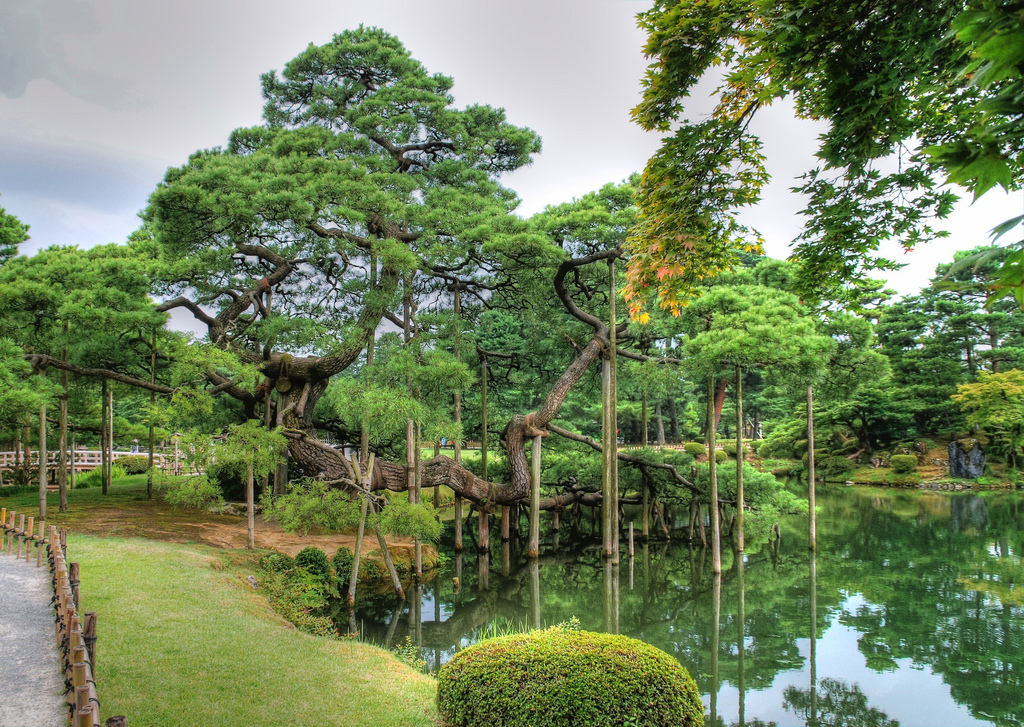
Kenroku-en Kanazawa
The Oyama-jinja shrine is famous for its imposing three-story “Shinmon” gate which was influenced by Dutch design. Built in 1875, with its brightly coloured stained-glass windows, it is a must see for any visit to Kanazawa.
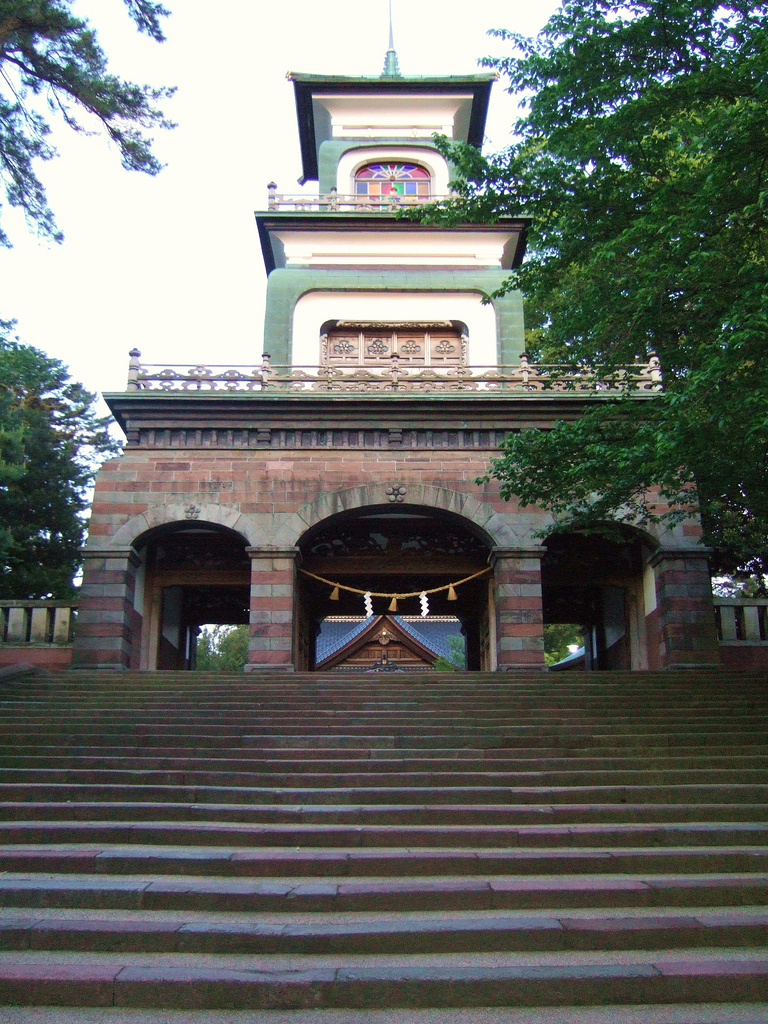
The Main Gate at Oyama-jinja
Kanazawa’s Myoryuji Temple or Ninja-dera (Ninja Temple) is a fascinating mixture of traditional temple architecture, hidden doors, passageways, and cloaked escape routes. Although the temple is often referred to as ninja dera, there were never any ninjas in residence at all though it does make a good story! Local legend has it that the temple, with its hidden doors and passageways, was intended as a secret refuge for the local rulers in the case of an external threat.
Mount Utatsu gives a commanding view of the city of Kanazawa. Besides a lovely view, Toyokuni Shrine, Utatsu Shrine (Tenman-gū), and Atago Shrine, known together as the Mount Utatsu Three Shrines, are found on the mountain. A monument to author Shusei Tokuda is located near the summit.
All of these attractions make tourism a major industry in Kanazawa, and the city has a good bus system and many resources to help the foreign tourist. There are excellent restaurants that feature the local cuisine, including seafood, sushi, and sashimi, which are all local specialties. Accommodation options range from western-style luxury hotels to small, private ryokan and guest houses.
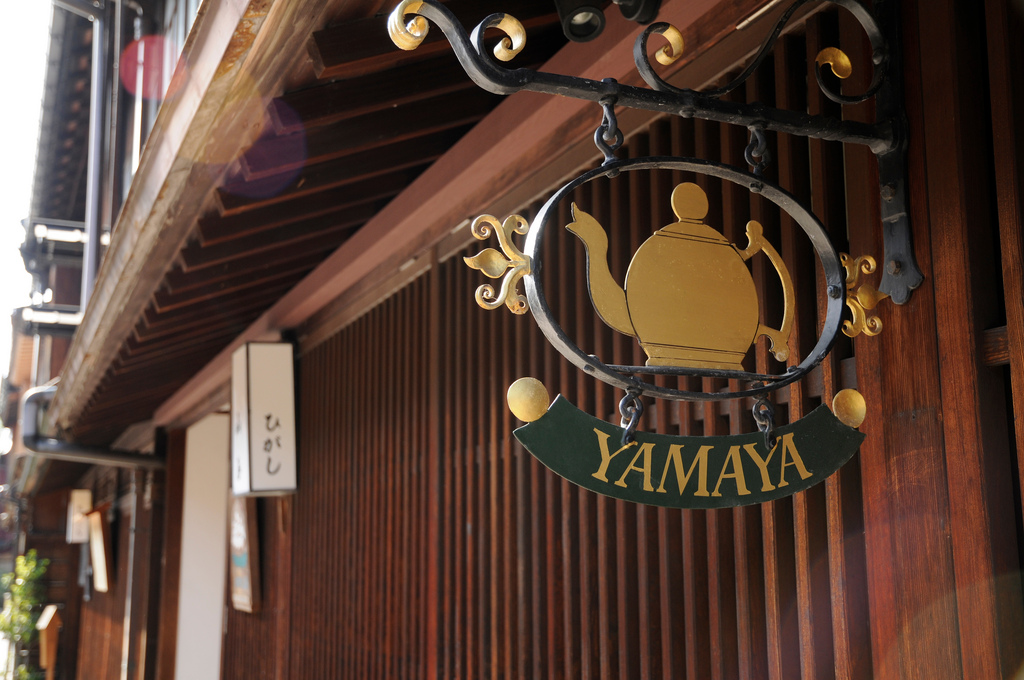
Yamaya Tea Shop in Kanazawa City
With so many places to see and crafts to try, Kanazawa is an excellent choice for any age visitor interested in learning more about traditional Japanese culture. Consider arranging for a guided tour with one of the volunteer Goodwill Guides for a personal introduction to the city. In 2015, access will be even easier with the completion of the Hokuriku Shinkansen Line from Tokyo.
For more information: http://kanazawa-tourism.com/
